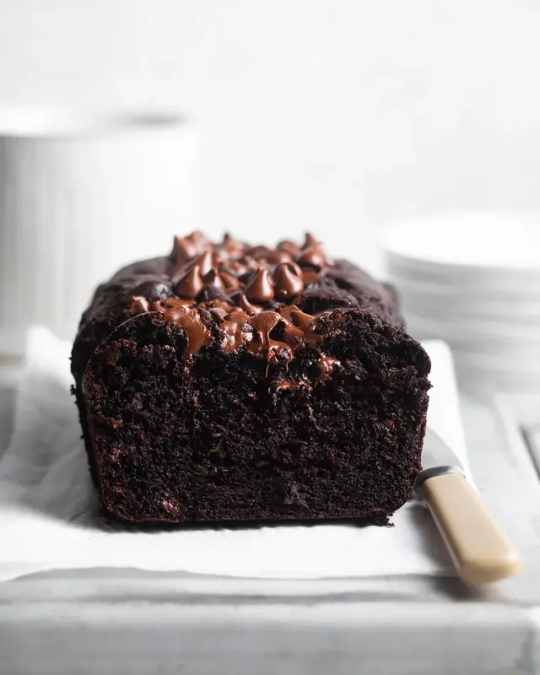#Zucchini
Explore tagged Tumblr posts
Photo

Electric Violet Zucchini (#8828f0 to #033e20)
15 notes
·
View notes
Text








savory tarts by elizabethmayhew
#elizabethmayhew#instagram#transparent by me#food#tarts#savory#tomatoes#potatoes#asparagus#squash#caramelized onions#mushrooms#onions#gruyere#figs#taleggio#leek#zucchini#spring onion#food pngs#transparent pngs#pngs
3K notes
·
View notes
Text

Swirled Caramel Brulée Zucchini Muffins
807 notes
·
View notes
Text

4-Cheese Roasted Vegetable Lasagna
#food#recipe#dinner#lasagna#baked pasta#pasta#cheese#goat cheese#parmesan#mozzarella#ricotta#zucchini#squash#bell pepper#peppers#onions#mushrooms#tomatoes#marinara#basil#garlic#baking#vegetarian
283 notes
·
View notes
Photo

10-minute sheet pan steak with lemon zucchini
#steak#meat#beef#dinner#food#zucchini#low carb#healthy recipes#meal#lemon#beef steak#low carb recipes#steak recipes#tasty#foodporn#delicious#cooking#food photography#foodgasm#recipe
5K notes
·
View notes
Text

Double Chocolate Zucchini Bread
#double#chocolate#zucchini bread#zucchini#bread#loaf#chocolate chip#breakfast#tea time#summer#dessert#recipe#https://www.brownedbutterblondie.com/double-chocolate-zucchini-bread/
231 notes
·
View notes
Text

Chicken Parmesan Meatballs with Zucchini
246 notes
·
View notes
Text



gadzooks...
232 notes
·
View notes
Text




[ID: first, a cutting board with zucchini flowers, tiny zucchini, and enoki mushrooms on it. second, zucchini flowers in a bowl of tempura batter. third, fried tempura zucchini flowers on a plate. lastly, an enoki mushroom omelet (with enoki mushrooms arranged and frizzled around the edges, and egg in the center, looking a bit like a flower or sunburst). end ID]
tempura + farmer's market zucchini flowers + funky mushrooms = song of the summer
#on the one hand there's not really anything (i know how) to do with zucchini flowers except fry them#on the other hand frying them tastes Good#just been very pleased with the veggies i've cooked thus far this summer + the farmer's market routine#dropping off compost bucket + buying fun mushrooms + getting my little drink#zucchini#mushrooms#tempura#egg#sola described#sola said#food
204 notes
·
View notes
Text
Homemade Zucchini Noodles ( Pesto & Chicken )

Light, fresh, and bursting with flavor—these zucchini noodles with pesto and chicken are a wholesome weeknight win.
65 notes
·
View notes
Text


Grilled Cheese & Zucchini Soup (x)
#food#food porn#grilled cheese#sandwich#cheese#zucchini soup#zucchini#soup#food gif#recipe#recipes#gifset#gif#mine
1K notes
·
View notes
Text

Honey Mustard Chicken Skewers
#food#recipe#dinner#kebab#chicken#mustard#honey#zucchini#squash#bell pepper#peppers#onions#rice#gluten free#dairy free
460 notes
·
View notes
Text


How to make ratatouille
#tomatoes#zucchini#eggplant#vegetables#food#dinner#meal#main course#bell peppers#vegan#veggies#vegetarian#healthy food#tasty#foodporn#delicious#cooking#food photography#foodgasm#recipes
278 notes
·
View notes
Text

Double Chocolate Zucchini Bread Recipe
#double#chocolate#zucchini#bread#chocolate chip#zucchini bread#loaf#baking#breakfast#tea time#summer#kids#dessert#recipe#sour cream#brownedbutterblondie
283 notes
·
View notes
Text

Zucchini with Basil Yoghurt (Vegan)
#vegan#appetizer#roasted vegetables#zucchini#vegan yogurt#basil#garlic#cashews#lemon#olive oil#black pepper#sea salt
62 notes
·
View notes
Text


Zucchini Ground Beef Casserole
69 notes
·
View notes